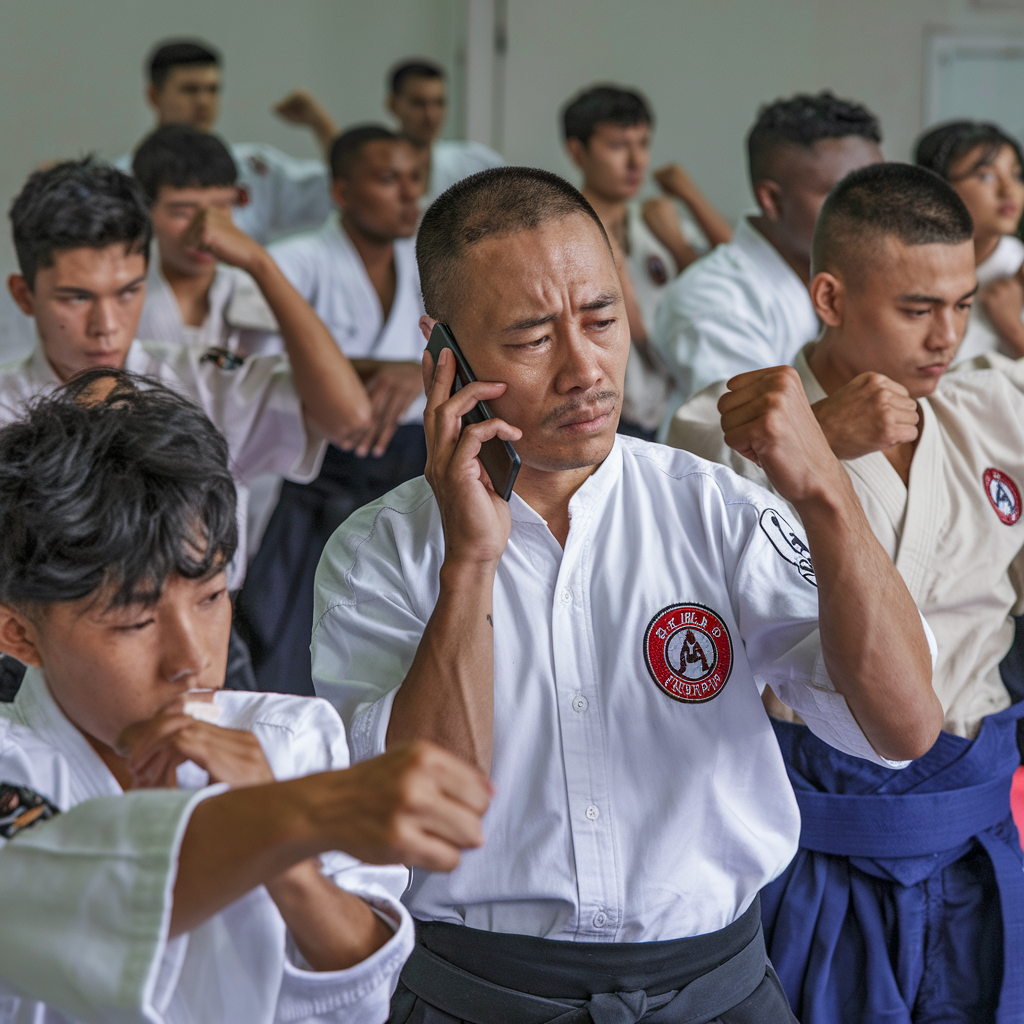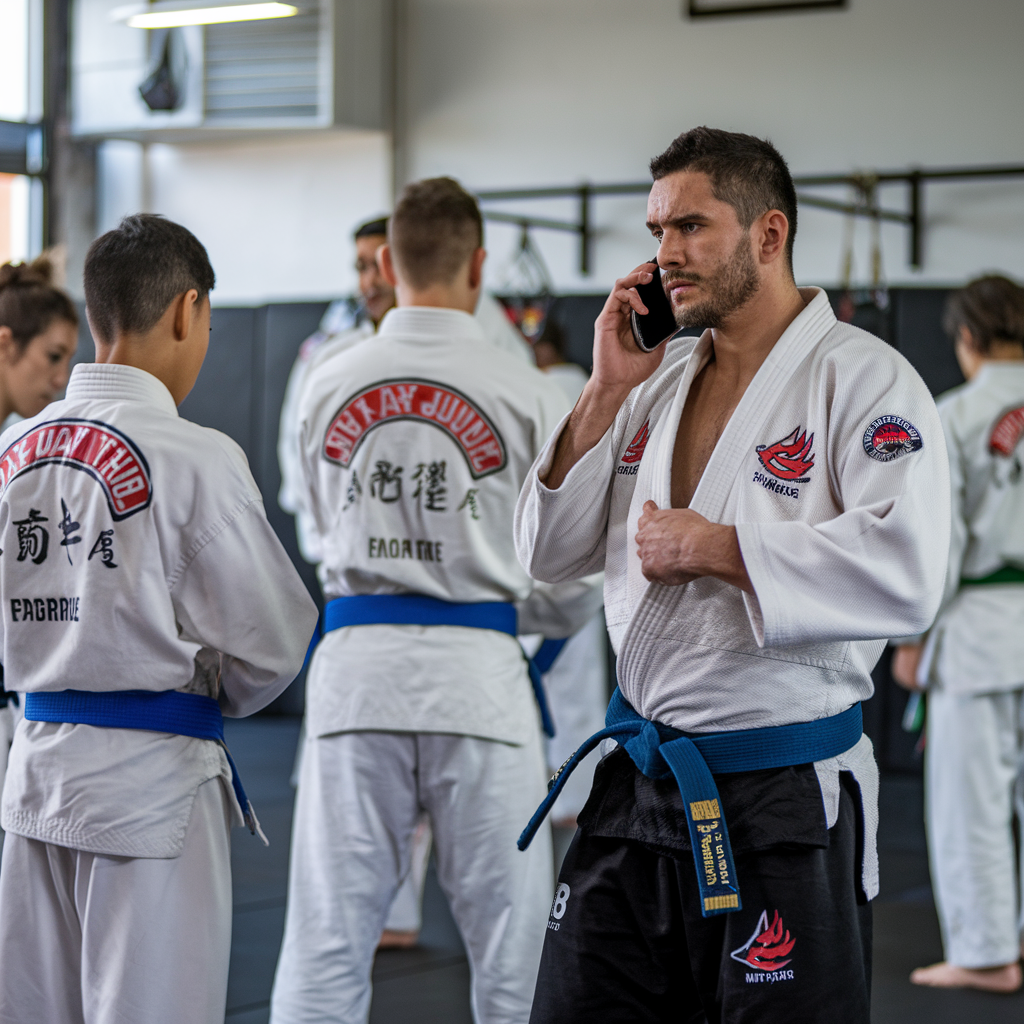
Introduction
Martial arts have long been a cornerstone of physical discipline, self-defense, and competitive sport. Among the most respected and effective combat disciplines are Muay Thai and Brazilian Jiu-Jitsu (BJJ). Each excels in its own domain—Muay Thai dominates the stand-up striking game, while Jiu-Jitsu reigns supreme in ground control and submissions. However, the fusion of these two arts creates a complete fighter, adept at both striking and grappling.
This article explores the synergy between Muay Thai and Jiu-Jitsu, the benefits of cross-training, and how practitioners can incorporate both into their skill set for self-defense, competition, and overall martial arts mastery.
The Core of Muay Thai
Muay Thai, often referred to as the “Art of Eight Limbs,” is a striking-based martial art from Thailand that utilizes punches, kicks, knees, and elbows. It also incorporates clinch techniques to control opponents and deliver devastating strikes.
Key Elements of Muay Thai:
- Striking Techniques: Muay Thai fighters use a combination of jabs, crosses, hooks, and uppercuts alongside powerful kicks, elbows, and knee strikes.
- Clinch Work: The clinch is a crucial aspect of Muay Thai, used to control an opponent, off-balance them, and deliver punishing strikes.
- Defense and Counterattacks: Fighters employ blocks, parries, and evasive movements to defend against attacks and create openings for counters.
- Conditioning: Muay Thai is known for its intense physical conditioning, focusing on endurance, power, and mental toughness.
While Muay Thai is an incredible striking art, its main weakness is its lack of ground-fighting techniques, which is where Jiu-Jitsu fills the gap.
The Essence of Brazilian Jiu-Jitsu
Brazilian Jiu-Jitsu is a grappling-based martial art that focuses on control, positional dominance, and submissions. It was developed with the philosophy that a smaller, weaker person can defeat a larger opponent through leverage, technique, and strategic positioning.
Core Principles of BJJ:
- Takedowns & Guard Play: BJJ practitioners either take their opponent down or pull guard to control the fight on the ground.
- Positional Control: Fighters advance through positions such as mount, side control, and back control to dominate their opponent.
- Submissions: BJJ specializes in joint locks and chokes, such as arm-bars, triangle chokes, and rear-naked chokes.
- Defensive Skills: A key aspect of BJJ is learning to defend against stronger opponents using escapes, reversals, and frames.
While Jiu-Jitsu is unparalleled on the ground, it lacks the striking components needed for an all-around effective fighting system. This is where the integration with Muay Thai becomes essential.
The Fusion of Muay Thai and Jiu-Jitsu
Combining Muay Thai and Jiu-Jitsu creates a well-rounded martial artist capable of handling all aspects of combat. Fighters trained in both disciplines can strike effectively in stand-up exchanges, control opponents in the clinch, and transition seamlessly to grappling situations.
How the Two Complement Each Other:
- Clinch to Takedown Transition:
- In Muay Thai, the clinch is used to control opponents and land strikes.
- In BJJ, clinching can be used to set up takedowns and submissions.
- By blending both, a fighter can clinch, deliver knee strikes, and then execute a trip or throw into a dominant ground position.
- Defending Takedowns with Striking:
- A Muay Thai practitioner skilled in Jiu-Jitsu can use elbows, uppercuts, and knees to deter takedown attempts.
- If an opponent shoots for a double-leg takedown, a well-timed knee can stop them in their tracks.
- Ground-and-Pound Efficiency:
- Many Jiu-Jitsu practitioners lack striking experience, making them vulnerable in ground-and-pound situations.
- A Muay Thai-trained fighter can land powerful elbows and punches while maintaining control on the ground.
- Submission Opportunities After Knockdowns:
- If a Muay Thai fighter knocks their opponent down, knowing Jiu-Jitsu allows them to follow up with submissions instead of just relying on striking.
- For example, after a knockdown, a fighter can transition into a rear-naked choke or an armbar.
Training Methods to Blend Muay Thai and Jiu-Jitsu

To effectively combine Muay Thai and Jiu-Jitsu, fighters must train in both disciplines with a specific focus on integration.
1. Drilling Transitions
- Work on transitioning from the clinch into takedowns.
- Practice defending takedowns with striking techniques.
- Drill moving from striking into grappling scenarios.
2. Sparring with Purpose
- Train MMA-style sparring rounds with striking and takedown attempts.
- Focus on clinch fighting, incorporating Muay Thai knees and Jiu-Jitsu takedowns.
- Use positional sparring where one fighter must escape or submit from dominant ground positions.
3. Strength and Conditioning
- Muay Thai emphasizes endurance and explosive power, while Jiu-Jitsu requires grip strength and core stability.
- A balanced training regimen includes cardio, resistance training, and flexibility work.
4. Mindset and Strategy
- Recognizing when to strike and when to grapple is crucial.
- A fighter must be adaptable, knowing when to keep the fight standing or take it to the ground.
- Developing fight IQ through studying both arts will improve decision-making in real-time combat.
Self-Defense and Practical Applications
In real-world self-defense scenarios, being proficient in both Muay Thai and Jiu-Jitsu provides the best chance of survival.
- Standing confrontations: Muay Thai’s striking and clinch control can keep attackers at bay.
- Close-quarters grappling: If an assailant grabs you, Jiu-Jitsu provides escape techniques and submissions.
- Ground survival: If taken to the ground, BJJ enables a person to escape, control, or neutralize threats.
Combining both arts ensures a complete self-defense system, making an individual well-equipped for any physical altercation.
Conclusion
The fusion of Muay Thai and Jiu-Jitsu creates a versatile and formidable martial artist. Muay Thai provides striking power and clinch control, while Jiu-Jitsu adds the ability to grapple and submit opponents. By integrating both disciplines, a fighter can dominate in stand-up exchanges, seamlessly transition to the ground, and maintain control in any combat scenario.
Whether training for competition, self-defense, or personal development, learning both Muay Thai and Jiu-Jitsu offers the best of both worlds. The ability to clinch and choke—mastering striking and submissions—makes a fighter truly complete.

